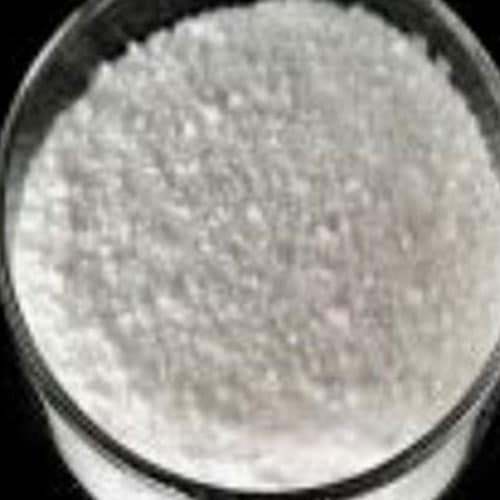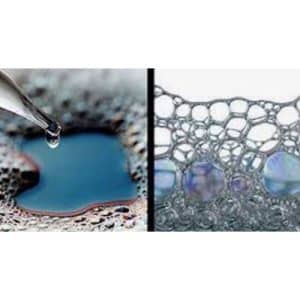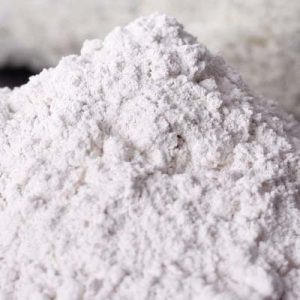Description
Matting agents are additives used in paint formulations to reduce gloss and create a matte or satin finish on painted surfaces. These agents disperse light, resulting in a less reflective appearance. Matting agents are commonly employed in various types of paints, coatings, and varnishes to achieve specific aesthetic and functional properties. Here are common types of matting agents used in paints:
1. Silica Matting Agents:
- Examples:
- Precipitated silica
- Fumed silica
- Functions:
- Provide effective matte finish by scattering light.
- Compatible with various coating systems, including water-based and solvent-based paints.
2. Polymer-Based Matting Agents:
- Examples:
- Polyethylene waxes
- Polyacrylate microspheres
- Functions:
- Contribute to a soft-focus effect for a more uniform matte appearance.
- Suitable for water-based and UV-curable coatings.
3. Wax-Based Matting Agents:
- Examples:
- Micronized polyethylene waxes
- Carnauba wax
- Functions:
- Create a matte surface by forming a microstructure on the paint film.
- Used in various coatings, including wood finishes and industrial paints.
4. Metal Oxide Matting Agents:
- Examples:
- Barium sulfate
- Calcium carbonate
- Functions:
- Contribute to opacity and light scattering.
- Commonly used in architectural coatings and interior paints.
5. Organic Matting Agents:
- Examples:
- Amorphous polymeric particles
- Benzoin derivatives
- Functions:
- Provide a low sheen and matte appearance.
- Suitable for both solvent-based and water-based coatings.
6. Nylon Matting Agents:
- Examples:
- Nylon particles
- Functions:
- Contribute to a low-gloss, satin finish.
- Used in various coating applications.
Considerations for Matting Agent Selection:
- Degree of Matting: Different matting agents can achieve varying degrees of matte or satin finishes. Consider the desired level of gloss reduction.
- Compatibility: Ensure compatibility with other components in the paint formulation.
- Film Integrity: Evaluate the impact of the matting agent on the mechanical and chemical properties of the paint film.
- Application Method: Consider the intended application method (spraying, brushing, rolling) and adjust the matting agent accordingly.
The choice of matting agent depends on the specific requirements of the paint formulation, the substrate, and the desired appearance of the final coating. Manufacturers may conduct testing to determine the optimal matting agent for their particular paint system, considering factors such as film hardness, scratch resistance, and overall aesthetic appeal.















Reviews
There are no reviews yet.